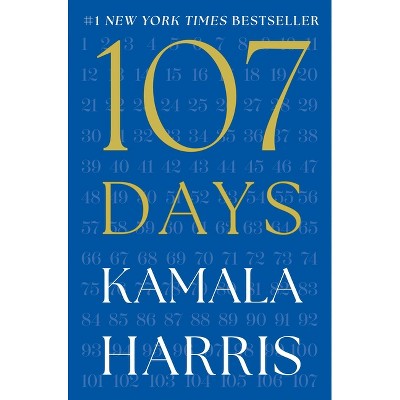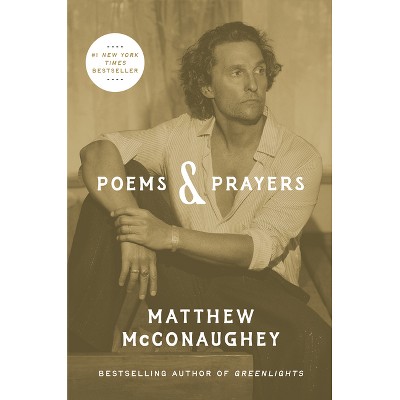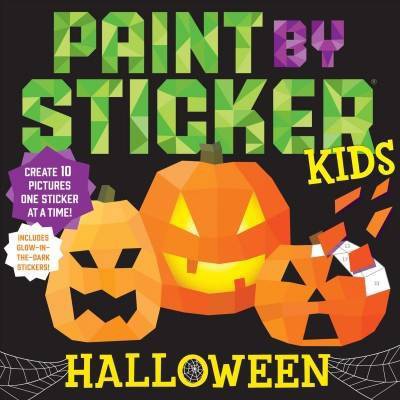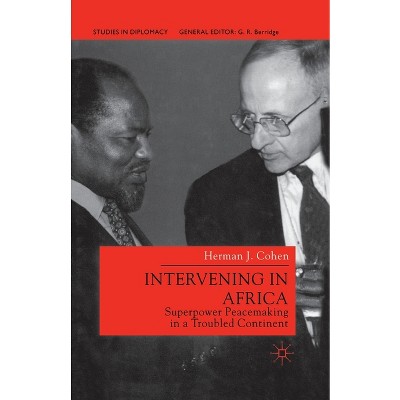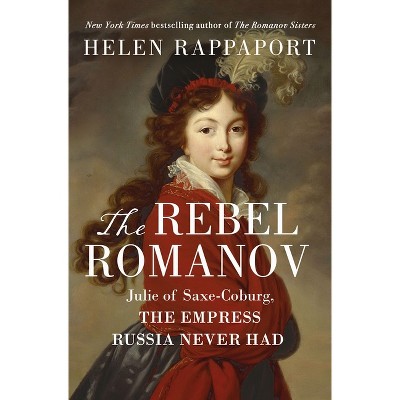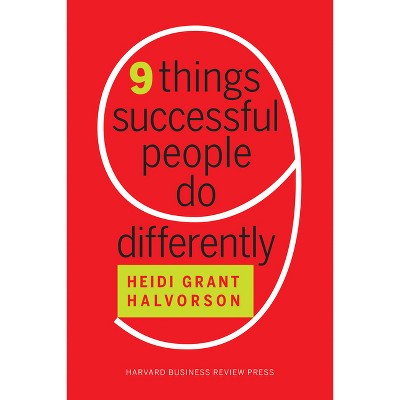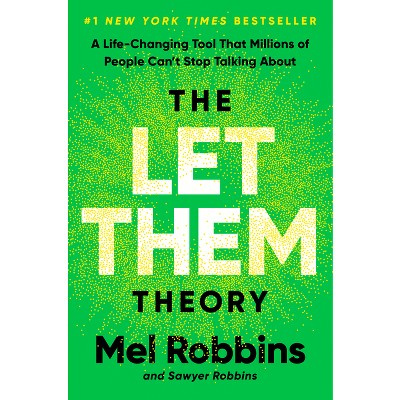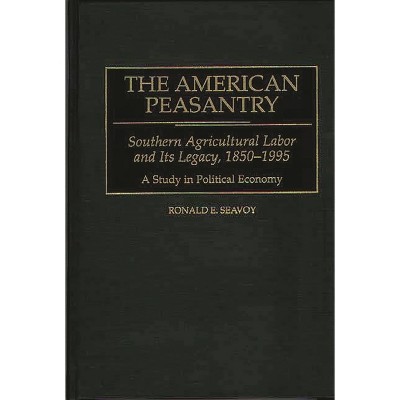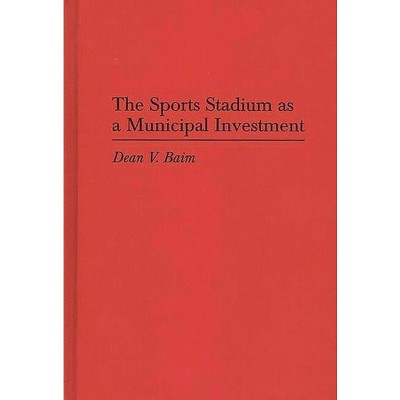Sponsored

Famine in Peasant Societies - (Contributions in Economics and Economic History) by Ronald E Seavoy (Hardcover)
In Stock
Sponsored
About this item
Highlights
- In this controversial study, Seavoy offers a new approach to the problem of periodic peacetime famine based on the actual behavior of peasants.
- About the Author: avoy /f Ronald /i E.
- 494 Pages
- Social Science, General
- Series Name: Contributions in Economics and Economic History
Description
About the Book
In this controversial study, Seavoy offers a new approach to the problem of periodic peacetime famine based on the actual behavior of peasants. He maintains that it is possible to increase per capita food production without massive and inappropriate technological inputs. Seavoy shifts the focus from modern development economics to a cultural and historical analysis of subsistence agriculture in Western Europe (England and Ireland), Indonesia, and India. From his survey of peasant civilization practices in these countries, he generalizes on the social values that create what he terms the subsistence compromise. In all of the ages and culture, Seavoy finds a consistent social organization of agriculture that produces identical results: seasonal hunger in poor crop years and famine conditions in consecutive poor crop years. He argues that economic policies have failed to increase per capita food production because economists and government planners try to apply market-oriented policies to populations that are not commercially motivated. Once they understand the subsistence compromise, policy-makers can take appropriate political action.
Book Synopsis
In this controversial study, Seavoy offers a new approach to the problem of periodic peacetime famine based on the actual behavior of peasants. He maintains that it is possible to increase per capita food production without massive and inappropriate technological inputs. Seavoy shifts the focus from modern development economics to a cultural and historical analysis of subsistence agriculture in Western Europe (England and Ireland), Indonesia, and India. From his survey of peasant civilization practices in these countries, he generalizes on the social values that create what he terms the subsistence compromise. In all of the ages and culture, Seavoy finds a consistent social organization of agriculture that produces identical results: seasonal hunger in poor crop years and famine conditions in consecutive poor crop years. He argues that economic policies have failed to increase per capita food production because economists and government planners try to apply market-oriented policies to populations that are not commercially motivated. Once they understand the subsistence compromise, policy-makers can take appropriate political action.Review Quotes
.,." Seavoy argues that traditional peasant agriculture operates on different premises from commercial agriculture: its institutions and values minimize labor effort and equalize available food and food-producing resources in what is called "the subsistence compromise," defined as those practices by which peasants attempt to grow only enough food to last until the next harvest. This "compromise" results in periodic famine interspersed with population growth--no modernization and no social changes. Commercial agriculture in contrast stresses efficient resource allocation, including greater labor input (both time and effort) by offering needed money in-comes only to those who produce food (and other) surpluses. This prevents famine and is a first necessary step toward industrialization and social progress. The author believes a transformation from peasant to commercial agriculture cannot result from market incentives or technical improvements alone but requires political coercion. His case studies of England, Ireland, India and Indonesia are fascinating and well documented...."-Choice
?... Seavoy argues that traditional peasant agriculture operates on different premises from commercial agriculture: its institutions and values minimize labor effort and equalize available food and food-producing resources in what is called "the subsistence compromise," defined as those practices by which peasants attempt to grow only enough food to last until the next harvest. This "compromise" results in periodic famine interspersed with population growth--no modernization and no social changes. Commercial agriculture in contrast stresses efficient resource allocation, including greater labor input (both time and effort) by offering needed money in-comes only to those who produce food (and other) surpluses. This prevents famine and is a first necessary step toward industrialization and social progress. The author believes a transformation from peasant to commercial agriculture cannot result from market incentives or technical improvements alone but requires political coercion. His case studies of England, Ireland, India and Indonesia are fascinating and well documented....?-Choice
..." Seavoy argues that traditional peasant agriculture operates on different premises from commercial agriculture: its institutions and values minimize labor effort and equalize available food and food-producing resources in what is called "the subsistence compromise," defined as those practices by which peasants attempt to grow only enough food to last until the next harvest. This "compromise" results in periodic famine interspersed with population growth--no modernization and no social changes. Commercial agriculture in contrast stresses efficient resource allocation, including greater labor input (both time and effort) by offering needed money in-comes only to those who produce food (and other) surpluses. This prevents famine and is a first necessary step toward industrialization and social progress. The author believes a transformation from peasant to commercial agriculture cannot result from market incentives or technical improvements alone but requires political coercion. His case studies of England, Ireland, India and Indonesia are fascinating and well documented...."-Choice
About the Author
avoy /f Ronald /i E.
Shipping details
Return details
Frequently bought together
Trending Non-Fiction
